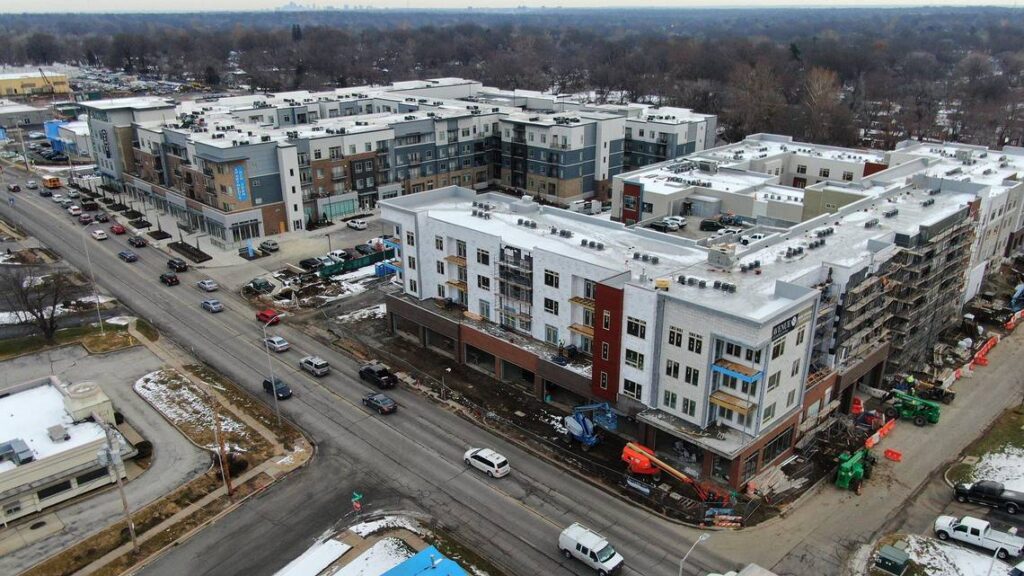The problem with the Housing First approach to homelessness is that it’s a one-size-fits-all policy that ignores human nature.
Houston, Texas, and Salt Lake City, Utah, made eye-popping headlines for their self-claimed success in addressing homelessness using the Housing First approach. Both jurisdictions had all but declared victory over homelessness.
Salt Lake City’s 2015 claim was unraveled in 2018 as Utah’s state auditor found the claim was based on bad data.
It was the Houston Chronicle that revealed the unraveling of the city’s model as they described a scene with Houston’s new, pragmatic mayor as he spoke with homeless men and women hunkering down for the night in the city’s theater district. “Sure looks like we’ve fixed it, didn’t we?” he asked sarcastically.
While a blow to the Houston and Salt Lake City communities that were continually reassured they were successfully tackling homelessness, it is an even greater blow to the U.S. Department of Housing and Urban Development (HUD) and the U.S. Interagency Council on Homelessness (USICH) that had only two models to which to point — Salt Lake City and Houston.
Housing First models are now permanently out of stock.
First adopted at the federal level as the nation’s one-size-fits-all approach to homelessness in 2013, the stated promise was that the policy shift would end homelessness in a decade.
The implication of the shift and the decision by Houston and Salt Lake City to do the same was that housing vouchers became the primary tool in their homelessness toolkit. Funding and requirements for mental health therapy, substance use disorder counseling, and employment training were deliberately minimized and, in many cases, eliminated.
Yet 10 years later, the number of homeless Americans is at the highest number ever recorded in our nation’s history. And according to a new report by the Wall Street Journal, homelessness will climb to even greater heights in 2025. Salt Lake City and Houston have seen increases as well.
Two years ago, a colleague and I penned an opinion editorial questioning Houston’s purported success under Housing First. Indeed, the 62 percent decline in homelessness was notable, but our leading question was, “Is it sustainable?”
Neither the federal nor the Houston powers that be responded favorably to our question. But it was indeed germane.
Now, Mayor John Whitmire and Houston’s homeless population are the ones left holding the bag that carries a nearly five-fold increase in the death rate among Houston’s homeless.
The question is, can the mayor accurately gauge the scope of Houston’s problem? While its 2023 Point in Time (PIT) count — a federally mandated physical count of people experiencing homelessness — reveals 3,270 homeless individuals, it pales in comparison to the 7,200 homeless K-12 students that the Houston ISD claimed in the 2022-2023 school year. Of note, the ISD figure does not include a student’s parent(s), nor a non-K-12 sibling.
With a solid handle on the actual numbers of people struggling, the city should consider distinct strategies for each of the sub-populations, versus employing a one-size-fits-all approach to homelessness.
Human beings are designed for much more than mere existence in housing. Housing without purpose condemns people to the conditions that underlie their homelessness — largely mental illness, addiction, and trauma. Funding for, and in some cases requirement of, treatment services must be included so those struggling can gain clarity and purpose.
An effective housing strategy looks beyond individualized housing units which by their very nature isolate the homeless from the support communities they desperately need. We must first build and fund safe, congregate living environments where services can be much more effectively and efficiently delivered.
A 14-year study proved the “isolated housing approach” to be ineffective and deadly. Nearly half of the chronically homeless individuals who were individually housed died by year five, and only 36 percent of those housed remained so after that same year.
Finally, we must address the needs of the homeless in parallel with the needs of the entire Houston community. It is ludicrous that communities have somehow normalized stepping over bodies on sidewalks and in parks, and that any of us have been forced to abandon expectations of public decency and safety.
While Mayor Whitmire did not create this situation, he must seize the opportunity to turn it around by employing a human-first approach that recognizes the foundational needs and innate potential of human beings.
Continuing to preach Housing First as a proven one-size-fits-all approach will continue to stifle the innovation and progress the homeless system desperately lacks. More importantly, it will continue to stifle the innate and unique gifts of those struggling with homelessness.











